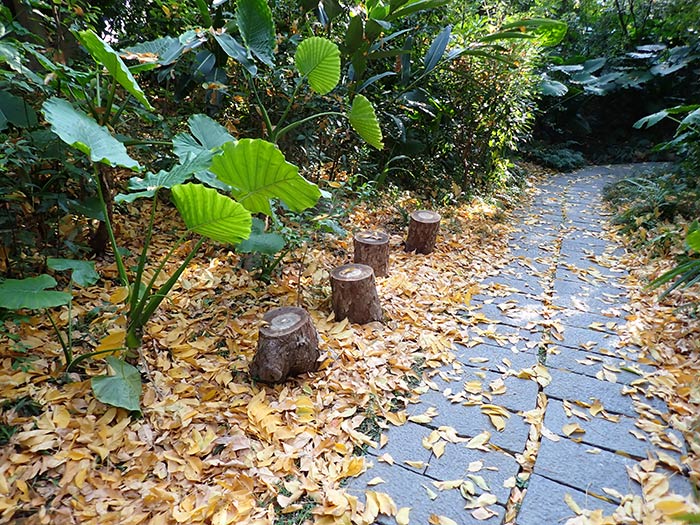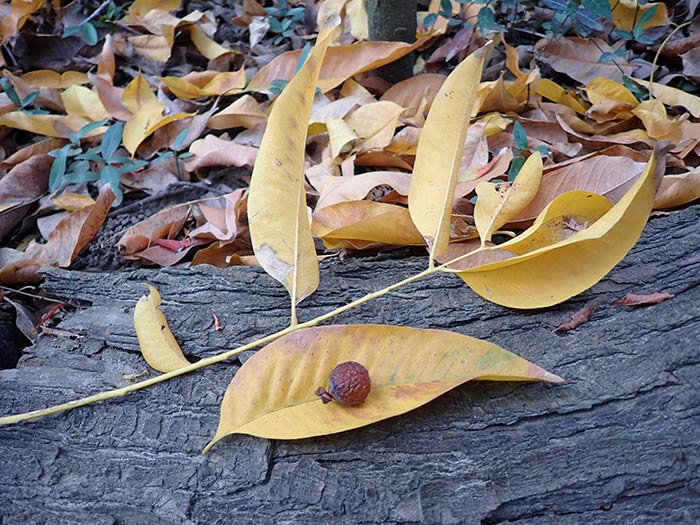Sapindus mukorossi
The Chinese soapberry is primarily distributed across the subtropical and tropical regions of southern to eastern Asia. In Taiwan, it occurs throughout the island at elevations below 1,500 meters, with its main distribution center located in the southwestern region, particularly south of the Daan River.
The Chinese soapberry can grow to a height of 10 to 20 meters, with a rounded or oval crown and an aesthetically pleasing form. Due to its dense foliage, which provides excellent shade, and its bright yellow leaves before they fall in the autumn during the colder season, it is widely popular and commonly used in landscape design and urban greening. As a result, it is frequently seen in parks, campuses, and along roadsides.
The fruit peel of the Chinese soapberry is rich in saponins. In the past, people in Taiwan would dry the peel and use it to wash clothes as a detergent. It effectively removes dirt without causing chemical pollution, which is environmentally friendly. With the growing popularity of green living concepts, the value of soapberry peel has been rediscovered. It has become an important raw material for natural cleaning products.
In addition, the seeds of the Chinese soapberry have special uses. Their smooth, hard surface is black or dark brown in color, and they are often used to make rosaries for religious or spiritual activities. In the culture of Taiwan's indigenous peoples, Chinese soapberry seeds also carry important ritual functions. For example, the Paiwan people use them in traditional ceremonies to symbolize respect for their ancestors and worship of nature.
The Chinese soapberry trees in the museum are mainly planted on the circular hill in the Central Lowland Area of the Botanical Garden. The golden yellow leaves during the fall season create a breathtakingly beautiful landscape. In addition, they are also planted in the Taitung Cycads Area, the Northern Lowland Area, the garden outside the Information Building, and the herb garden in the Human Cultures Hall.

